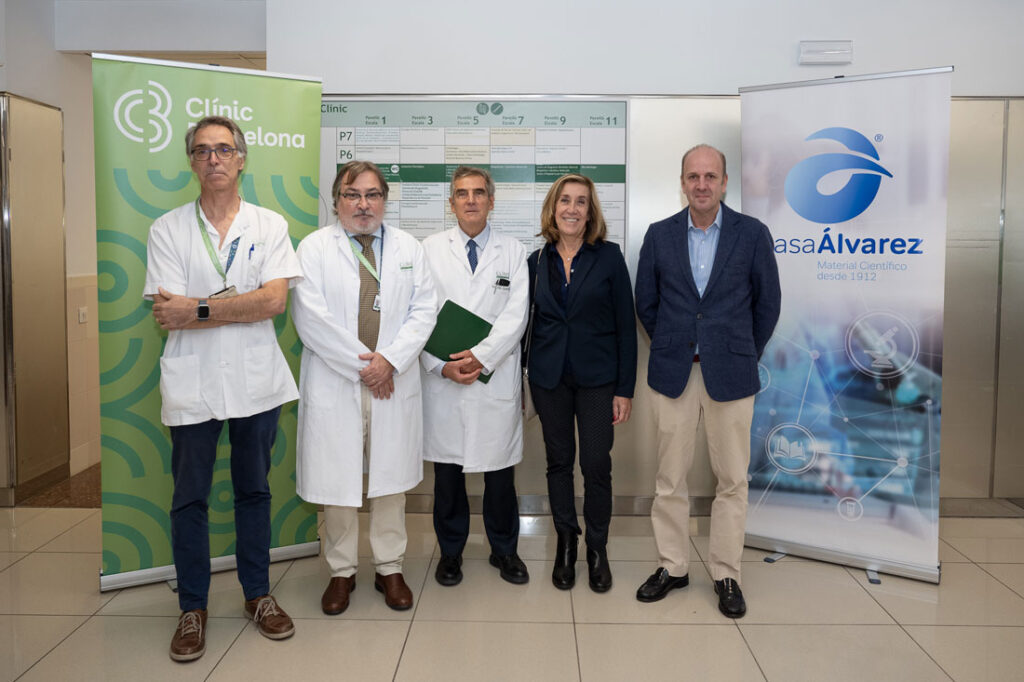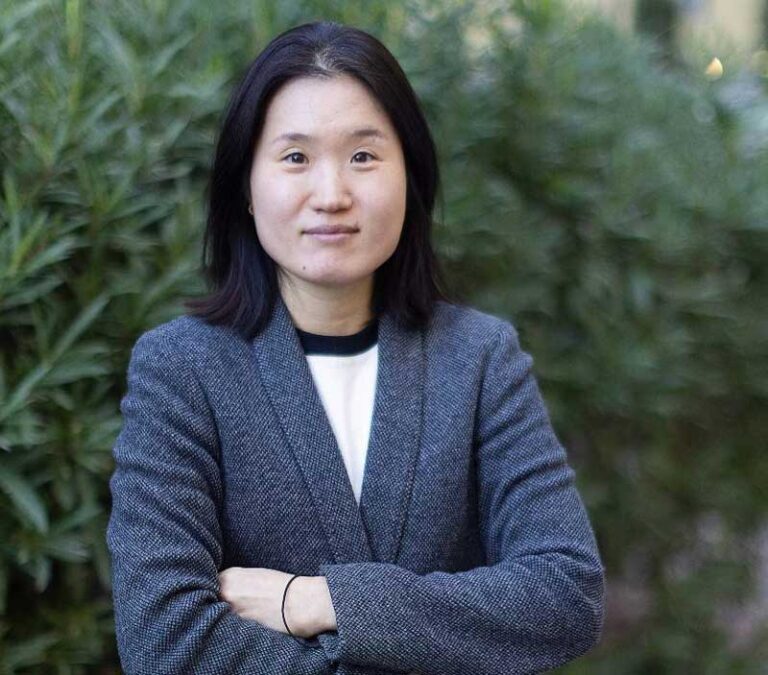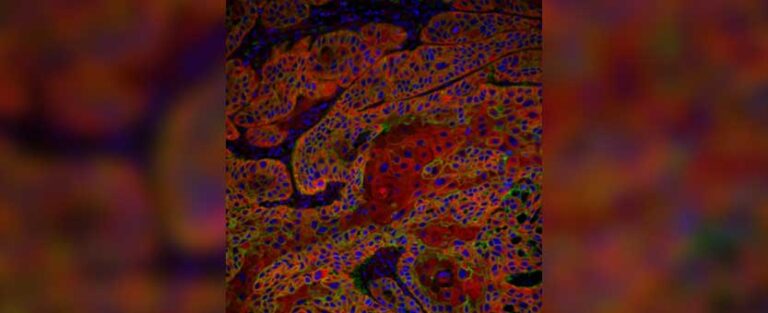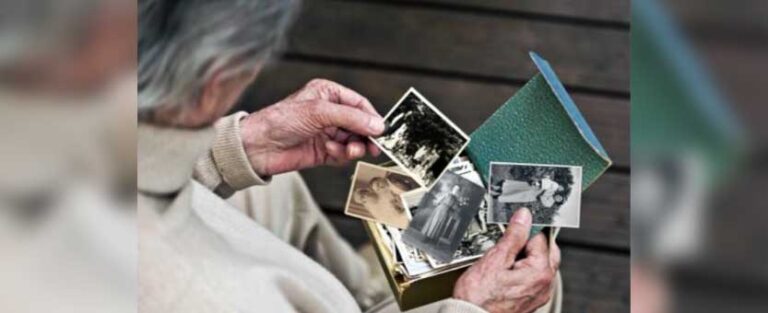Tras completar la robotización del laboratorio de Anatomía Patológica

The Clínic is the first hospital in Catalonia to opt for the robotization of the Pathological Anatomy laboratory with the installation of two AS-410M automatic cutting machines
The results obtained during the first 15,000 blocks of tissue have meant a reduction in diagnosis time of 30% and increased the maximum work capacity of the Service by 120%, allowing more patients to be treated more quickly.
Barcelona, October 31, 2023. The Pathological Anatomy laboratory at Clínic Barcelona has incorporated two AS-410M robots from Casa Álvarez to automate one of the most delicate processes in the diagnosis of biopsies, microtomy. This has allowed samples to be optimized for study and improved diagnosis time.
The Clínic thus becomes the second center in Spain to opt for the automation of this technique, with the consequent improvement in care through the optimization of processes and the reduction of time. Currently there are only 40 devices of this type in Europe and 4 of them are in Spain, two in Barcelona and two in Granada. With this addition, this service of the Biomedical Diagnostic Center (CDB) is completely automated and digitalized.
Today the new facility was presented in an event that included the participation of Dr. Josep M. Campistol, general director of the Clínic; Dr. Antoni Castells, medical director; Dr. Áurea Mira, director of the CBD; Dr. Antonio Martínez, head of the Pathological Anatomy Service; Guillermo Palanca, general director of Casa Álvarez.
Optimize tissue obtained from a biopsy
Microtomy is the technique by which thin sections of tissues included in paraffin blocks are obtained. In this way they can be studied later by microscopy for the diagnosis of different diseases. “We analyze biopsies of all types, whether for the diagnosis of oncological diseases, for transplants, the detection of infections or autoimmune diseases,” says Dr. Aurea Mira. “In many centers this technique is still manual and is done with water baths,” she adds.
The two microtomy robots perform histological sections automatically and with great precision. The cut is transferred to a slide where it is deposited and stretched and then stored in a drying chamber where it can be collected. They have the capacity to work autonomously during the night and process up to 1,000 paraffin blocks per day.
This technology allows increasing the amount of tissue available for study obtained from the biopsy to perform other tests and for research activity. On the other hand, samples with a small amount of tissue can be managed and quality and safety improves thanks to automatic identification.
A 30% reduction in sample processing time
The automation of laboratories guarantees the standardization of laboratory processes, increases the productivity of professionals and contributes to reducing diagnosis times, a
key factor for patient health. These types of devices allow a greater number of samples to be analyzed daily with more uniform and higher quality results, while avoiding routine work by technical personnel, which in many cases are repetitive physical tasks.
Since the launch of the two teams three months ago, the Pathological Anatomy Service team has determined the consistency in the depth of the cuts and the direct reduction of sample handling and processing times close to 30% compared to performing this task manually. In addition to standardization, robots expand current work capacity by up to 120%, allowing more patients to be treated in less time.
“The incorporation of this world-leading technology into our laboratory will allow us to continue offering our patients efficient care of the highest quality, which demonstrates once again our commitment to innovation as a reference hospital,” highlighted Antonio Martínez.
“We are delighted to be able to collaborate with the Clínic in the automation and robotization of its laboratory, a vital process that will allow the hospital and the professionals who work to adapt to new technological developments, incorporating new techniques and equipment, with the aim of increasing the precision and agility in the diagnosis,” says Guillermo Palanca, general director of Casa Álvarez.




